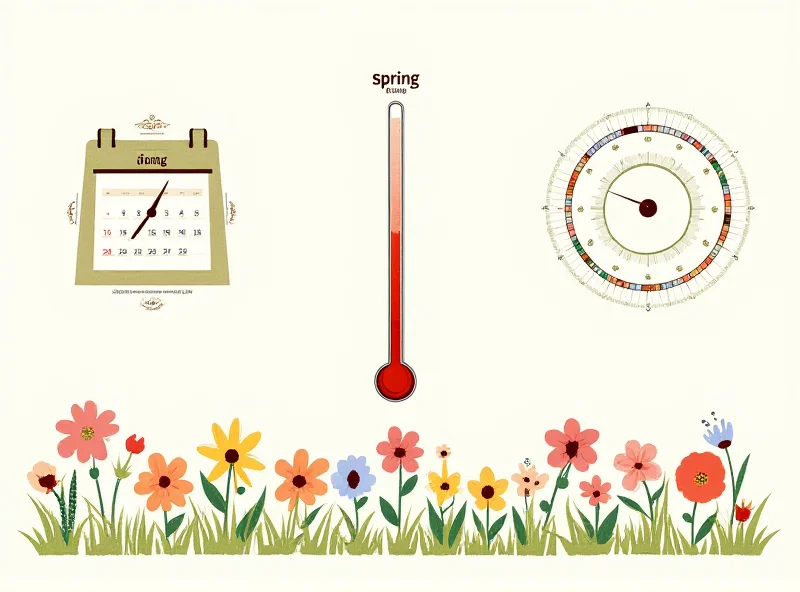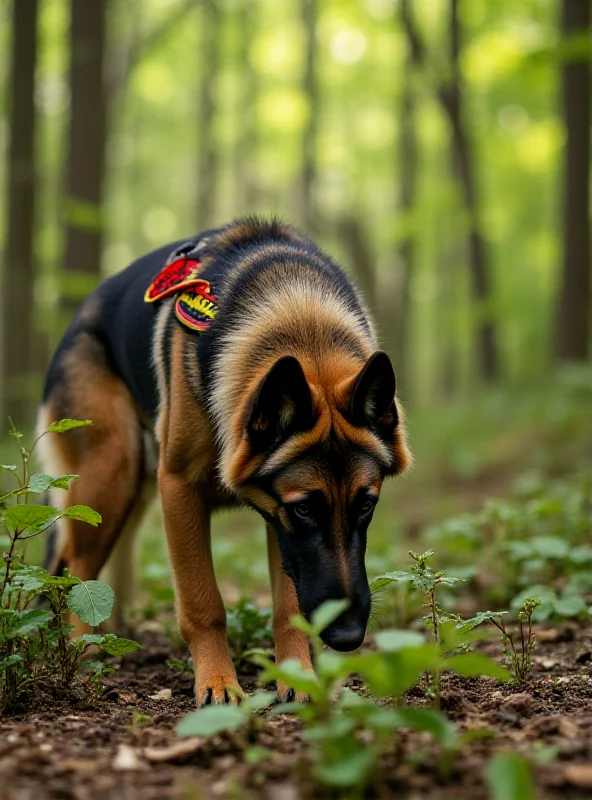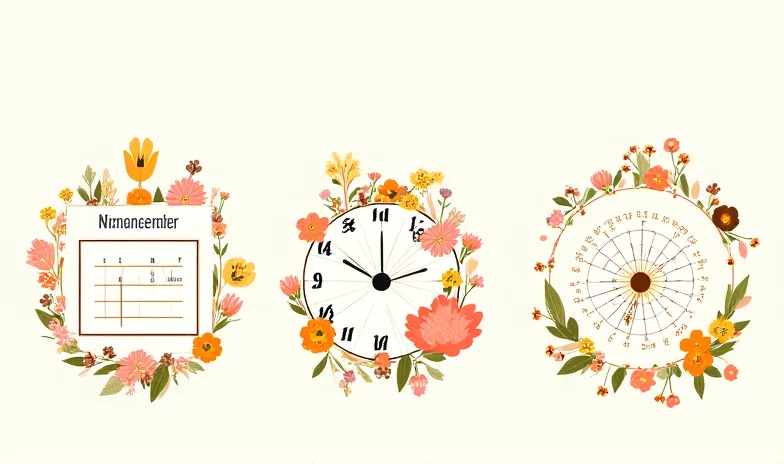Welcome to today's science roundup, where we explore the changing seasons, ancient mysteries, and cutting-edge forensic research. We'll delve into the different dates that signal the beginning of spring, examine the Turin Shroud's age, and uncover a fascinating project training dogs to locate human remains.
When Does Spring Really Start?
The first day of spring is a cause for celebration, but pinpointing its exact arrival can be surprisingly complex. It turns out, "spring" has several beginnings, depending on how you define it. We often think of the vernal equinox, an astronomical event, but meteorological, and calendar-based definitions also exist.
So, which date is the "correct" one? That's really up to you and your perspective! The meteorological spring, for example, is based on average temperature cycles and usually starts on March 1st. The astronomical spring, tied to the Earth's orbit, usually begins around March 20th or 21st. No matter which date you choose to celebrate, embrace the warmer weather and blooming flowers!

The Turin Shroud: A 2,000-Year-Old Mystery?
The Turin Shroud, a linen cloth bearing the image of a man, has long been a subject of intense debate and speculation. Is it the burial cloth of Jesus Christ? Recent scientific tests are adding fuel to the fire. Scientists have determined that the cloth is approximately 2,000 years old.
While this doesn't definitively prove the shroud's authenticity, it does align with the historical timeline of Jesus' life. Further research is needed to draw firmer conclusions, but the age of the shroud certainly makes the possibility intriguing.
"The findings are significant and open new avenues for exploring the history and origin of this iconic artifact." - Dr. Emily Carter, Lead Researcher
Corpse-Detection Dogs: A New Tool for Forensic Science
In a fascinating application of canine abilities, a young Belgian researcher is training dogs to locate the skeletons of murder victims. The project focuses on identifying the unique scent of human bones, allowing these specialized dogs to assist in forensic investigations.

However, the researcher faces a significant challenge: a shortage of suitable bones for training. Finding ethically sourced human remains for training purposes is a complex logistical and ethical hurdle. Despite this obstacle, the potential of corpse-detection dogs to bring closure to families and aid in solving cold cases is undeniable.

From seasonal shifts to ancient relics and innovative forensic techniques, science continues to unveil the secrets of our world. Stay tuned for more updates!
